We may receive a commission on purchases made from links.
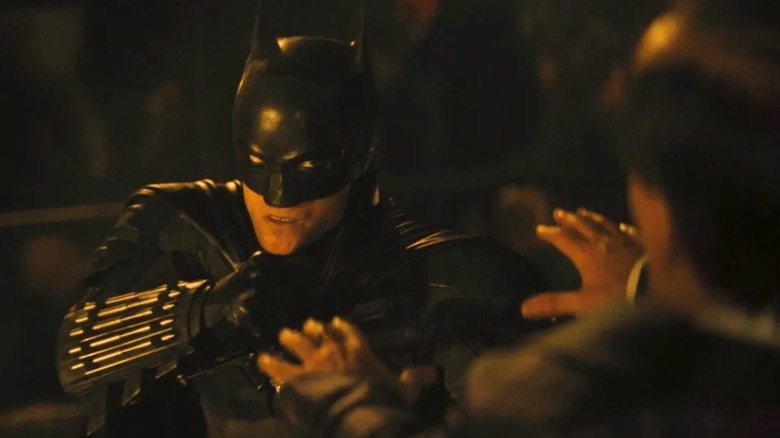
Warner Bros.
Spoilers for "The Penguin" to follow.
"The Penguin" was a good show but it's barely sated my appetite for "The Batman: Part II." Robert Pattinson's Dark Knight himself never shows up in "The Penguin" and it's difficult to glean how the series' events and cast will carry over into the sequel. Oz Cobb (Colin Farrell) is Gotham City's new kingpin, but we already expected that from the end of "The Batman."
So, Bat-fans are digging deeper for any hints of "Part II" in "The Penguin." (The world's greatest detective would be proud.) One Easter egg suggests we might be seeing Doctor Jonathan Crane/The Scarecrow in the "Batman" sequel. Another in the "Penguin" finale episode "A Great or Little Thing" hints that Batman may not only be fighting the Penguin, but a different kind of bird (and these ones fly).
In "A Great or Little Thing," Oz visits Gotham City Hall; he meets with a councilman on his payroll in the building's courthouse. As pointed out by a Reddit user, the walls of the court are adorned with curtains patterned like owls. Yes, a court of owls.
Batman fans will know that name; the Court of Owls are a group of villains introduced in 2011 by writer Scott Snyder and artist Greg Capullo in their debut "Batman" comic arc. The Court is a secret society of Gotham's elite that has controlled the city from the shadows since the city's founding in the 1700s; membership is passed down from one generation of Owls to the next. To enforce their will, the Court employs masked, semi-immortal assassins called the Talons. When in Court, they wear white round masks that are nearly featureless except for the black eyes and nose indent designed to look like an owl's beak. (The owl motif is because many owl species feed on bats.)
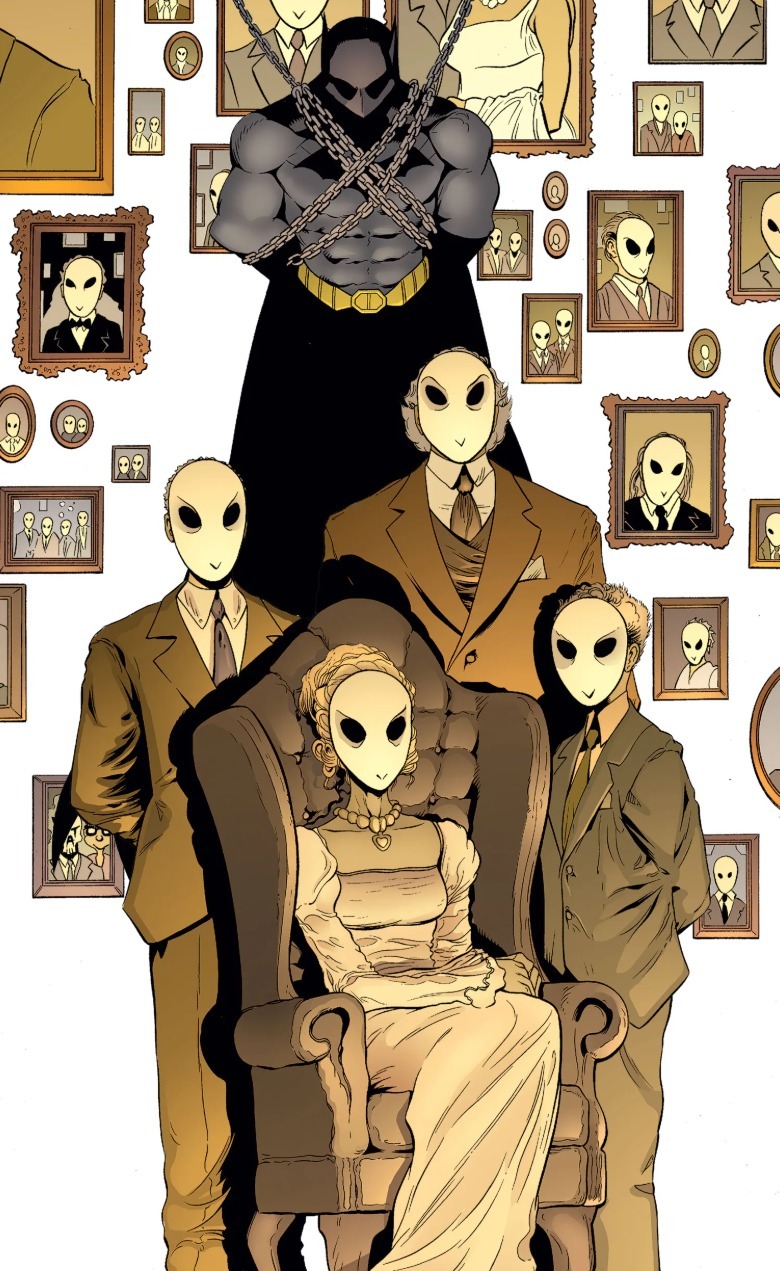
During "The Court of Owls," the group's existence has never been proven; it's so well-concealed that even Batman initially doubts that they're real. They're instead written off as a local Gotham legend, one that's stuck around because of scary stories told to frighten children. To add some flavorful worldbuilding, Snyder wrote in the following nursery rhyme that all Gothamites know, but few believe:
"Beware The Court of Owls that watches all the time,
Ruling Gotham from a shadowed perch, behind granite and lime.
They watch you at your hearth, they watch you in your bed.
Speak not a whispered word of them or they'll send the Talon for your head."
"The Court of Owls" is a modern classic and one of the most beloved recent Batman stories. Every recent Batman writer has introduced some new villains, but the Court of Owls have stuck as part of the recurring rogues gallery. The most recent "Batman" run by writer Chip Zdarsky brought the Court back and they've appeared outside the comics too (in "Gotham," "Harley Quinn," etc.).
Is "The Batman: Part II" the Court of Owls' next appearance?
Is The Court Of Owls the right choice for The Batman: Part II?
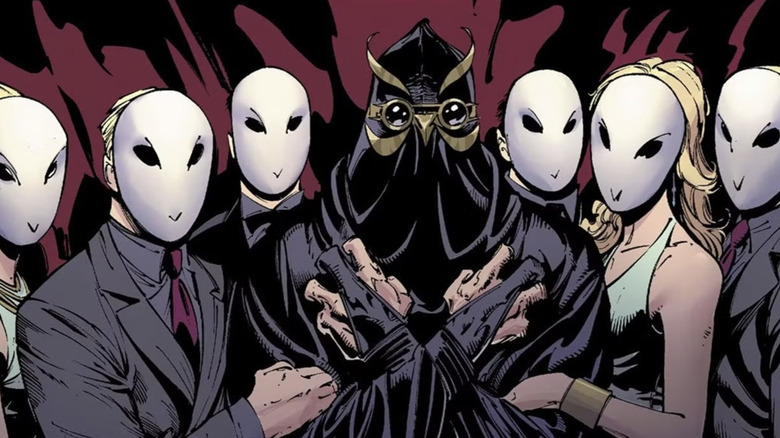
DC Comics
It's not just the fans who want Batman to play in this feathery Court. Pattinson and Paul Dano (The Riddler in "The Batman") are both fans of "The Court of Owls" (although "The Batman" costars Jeffrey Wright and Zoë Kravitz haven't read it), and Pattinson has said he'd "love to do something like 'Court of Owls'" for the "Batman" sequel.
I'm positive that "The Batman" director Matt Reeves has read Snyder/Capullo too. "The Batman" already took some influence from their reimagining of Batman's origin, "Zero Year." The Riddler is the main villain of both "The Batman" and "Zero Year," and in both stories he inflicts an environmental disaster on Gotham. The ending of "The Batman" quotes "Zero Year" almost word-for-word too.
"The Batman" ends with Selina Kyle (Kravitz) asking Batman to leave Gotham with her, but when she eyes the Bat Signal in the distance, she realizes, "You're already spoken for." Meanwhile, "Zero Year" concludes when Bruce Wayne's old girlfriend Julie Madison pops by to visit. Alfred suggests that Bruce reconnect with her, and he enjoys a fantasy where Bruce gives up being Batman and grows old with Julie. Instead, Bruce swings off to be Batman and Alfred tells Julie, "I'm afraid that he's spoken for."
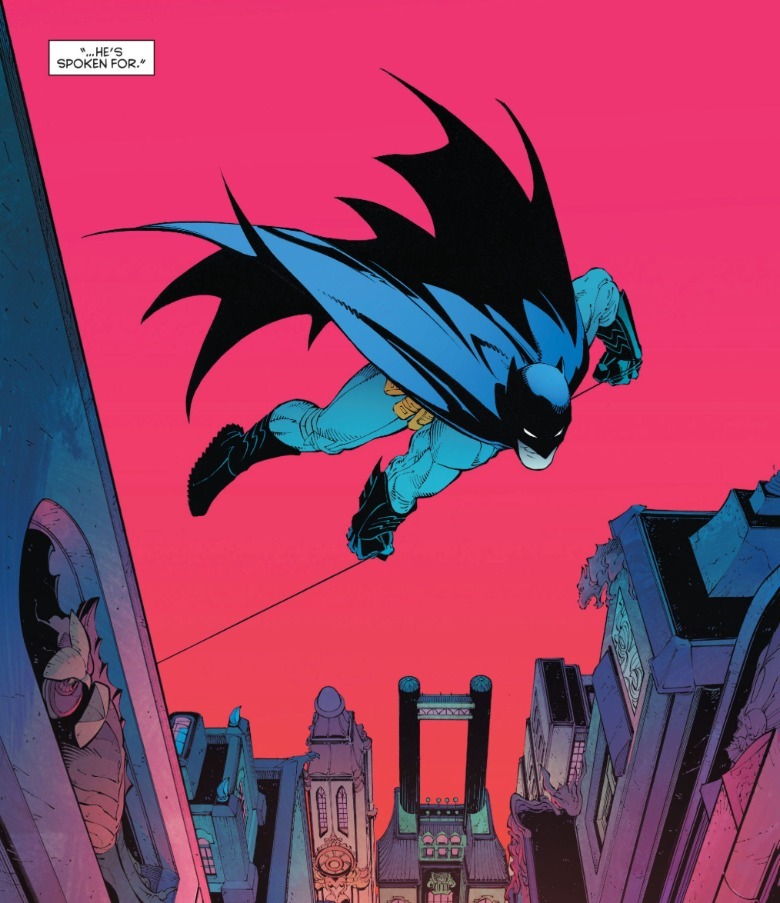
I also see a lot of "The Court of Owls" in "The Batman" — which could be a problem to literally adapt the story next time. In "The Batman," the Riddler is out to expose systematic corruption in Gotham City, where a powerful few siphon off resources meant for the many. The mystery Batman must solve is centered around that corruption.
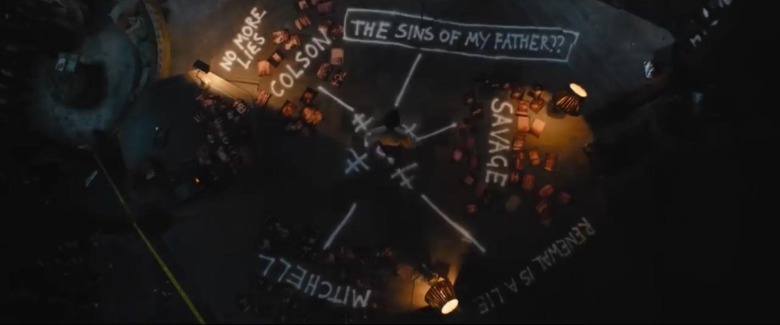
John Turturro's Carmine Falcone channels John Huston as Noah Cross in "Chinatown," a villain embodying the insatiability, perversity, and wide reach of American capitalism. The scenes in "The Batman" at the Iceberg Lounge, where cops, politicians, and mobsters all debauch themselves? That struck me as a more down to Earth version of the Court of Owls premise; Gotham is run by an exclusive club of power brokers. The surprise villain of "The Court of Owls" (I won't spoil who) is also pretty similar to Reeves' take on the Riddler; a neglected orphan with a grudge against the city's elite.
Batman's arc in "The Court of Owls" is about him realizing he doesn't know his home as well as he thought he did. Think about it: Bruce so often refers to Gotham as "his city," and The Court is there to show him he's wrong. Gotham has stood long before Batman came along, and it'll be there after he's gone. When the Court captures Batman and places in a labyrinth trap, he's led to a wall with framed pictures; row after row of the Owls' victims over the centuries. The Court is telling Batman he's nothing special and barely a bump on the road that always leads back to their control of Gotham.
We've already got one "The Batman" movie exploring the corrupt history of Gotham. The Court of Owls in "The Batman: Part II" could be redundant, or it could build on the themes of the first movie.
How Batman changed writer Scott Snyder
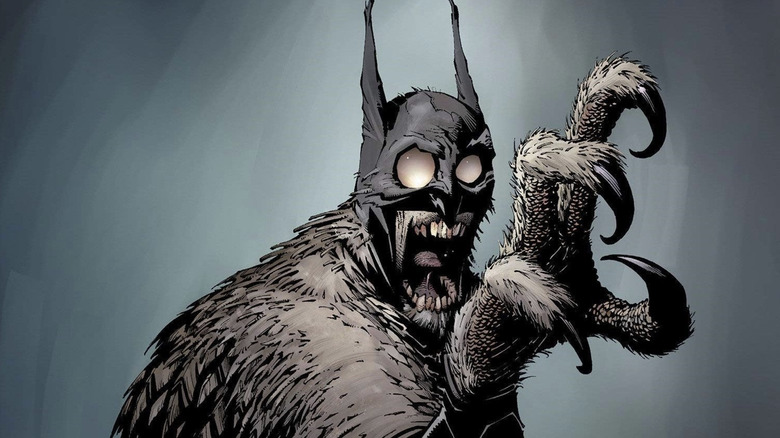
DC Comics
One reason "The Court Of Owls" could be calling to Reeves is the chance to make a more horror-ish Batman film, but one that doesn't break with the tone of the first movie. It's easy to compare the Court to "Eyes Wide Shut," a film that showed just how scary groups of people in masks can be. The labyrinth sequence in "The Court of Owls" features a Batman who is utterly outmatched, to the degree that it causes him to imagine the Court's members as literal bird demons. To me, Batman embodies unbreakable calm and controlled fury, and seeing him so helpless sends a chill crawling up your spine.
The atmosphere of "The Court of Owls" comes through because Snyder was, at the time, a horror writer. His breakout comic was "American Vampire" (co-written with Stephen King himself), and his first book after he got "Batman" was the seven-issue mini-series "Severed" (co-written with Scott Tuft, drawn by Attila Futaki.) Set in the American West during 1916, the story centers on two runaways who are targeted and groomed by a cannibalistic serial killer. It's a tale that takes after "The Night of the Hunter" and "The Texas Chainsaw Massacre," and is just as frightening as those films to boot.
"Batman," though, made Snyder into one of DC's golden boys and he's never let go of superheroes since. These days, he's writing the reimagined "Absolute Batman" with artist Nick Dragotta. On Snyder's original "Batman" run, you can track his evolution; each story arc feels successively less like a horror story, more like a superhero epic.
"Death of the Family" is one of the freakiest Joker stories ever and comes close to the claustrophobia and dread in "The Court of Owls." Then "Zero Year" shifts hard into more action-adventure; the color palette of the comic gets a lot brighter too, with lots of garish pink-purple backgrounds.
There are still some flourishes of horror in "Zero Year," though. Most notably, Snyder reimagined the early Batman villain Doctor Death as suffering from bone mutations and resultant body horror.
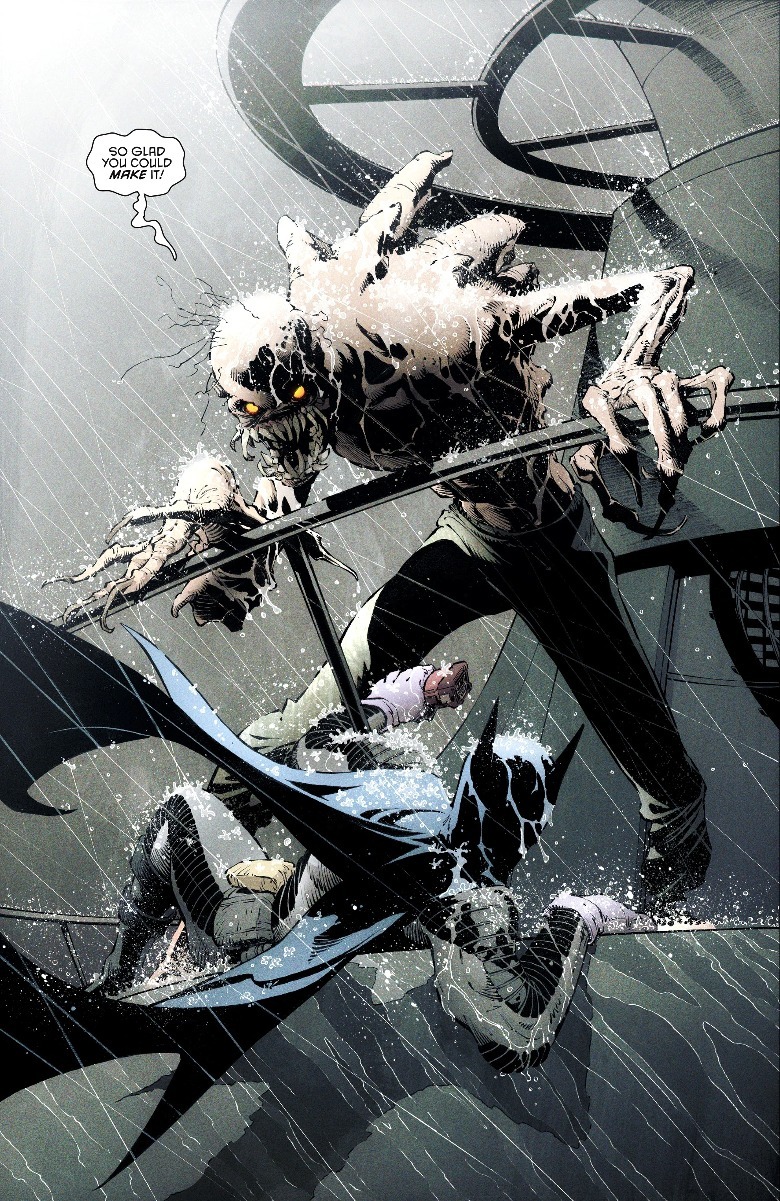
When you get to "Superheavy" (about Jim Gordon going around in a mecha Batman armor) though, it's clear the book has chosen the brighter parts of "Zero Year." Many of Snyder's more recent creations, like the "Batman Who Laughs," the "Mad Max" riff "Nocterra" (drawn by Tony Daniel), and the aforementioned "Absolute Batman," feel designed to be cool, edgy, and extreme, but not scary the way his earlier comics were.
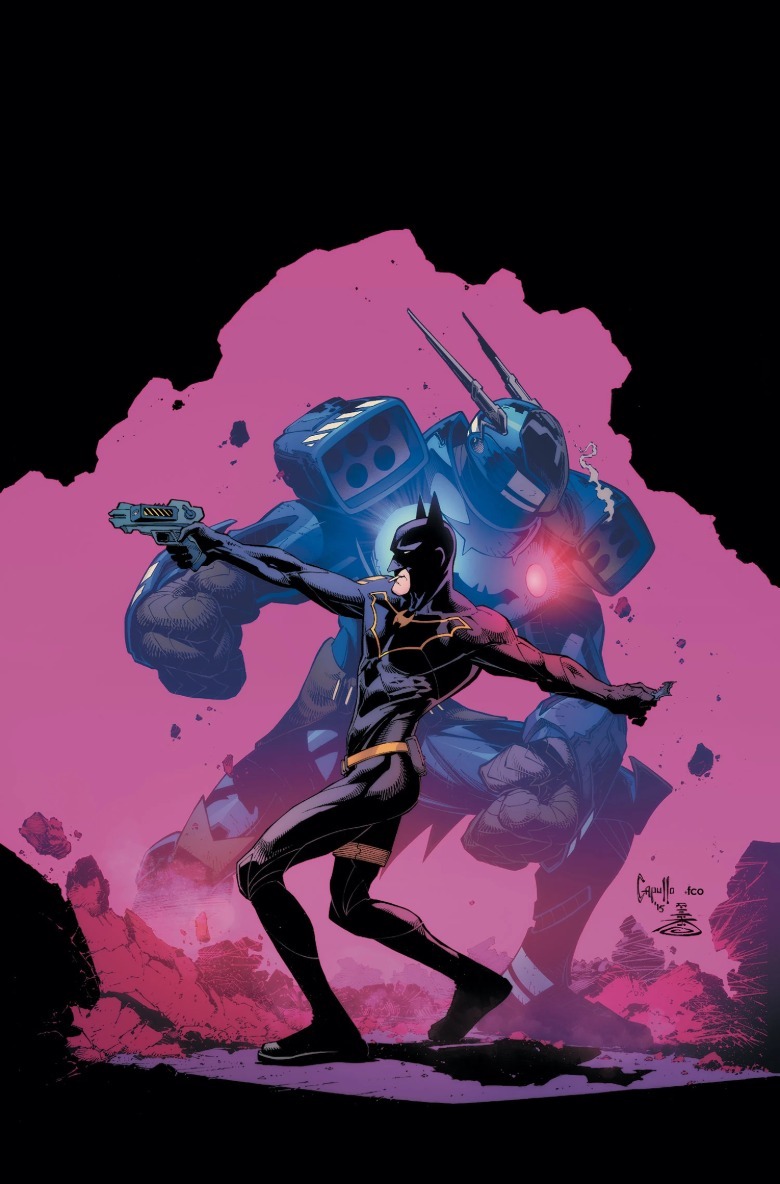
"The Batman" ended with Bruce accepting that to save Gotham City from its worst self, he needs to be a symbol of hope, not fear. Could Reeves' films undergo a similar trajectory from darkness to light as Snyder's comic run did?
"The Penguin" is streaming on Max. "The Batman Part II" is currently scheduled for theatrical release on October 1, 2027.

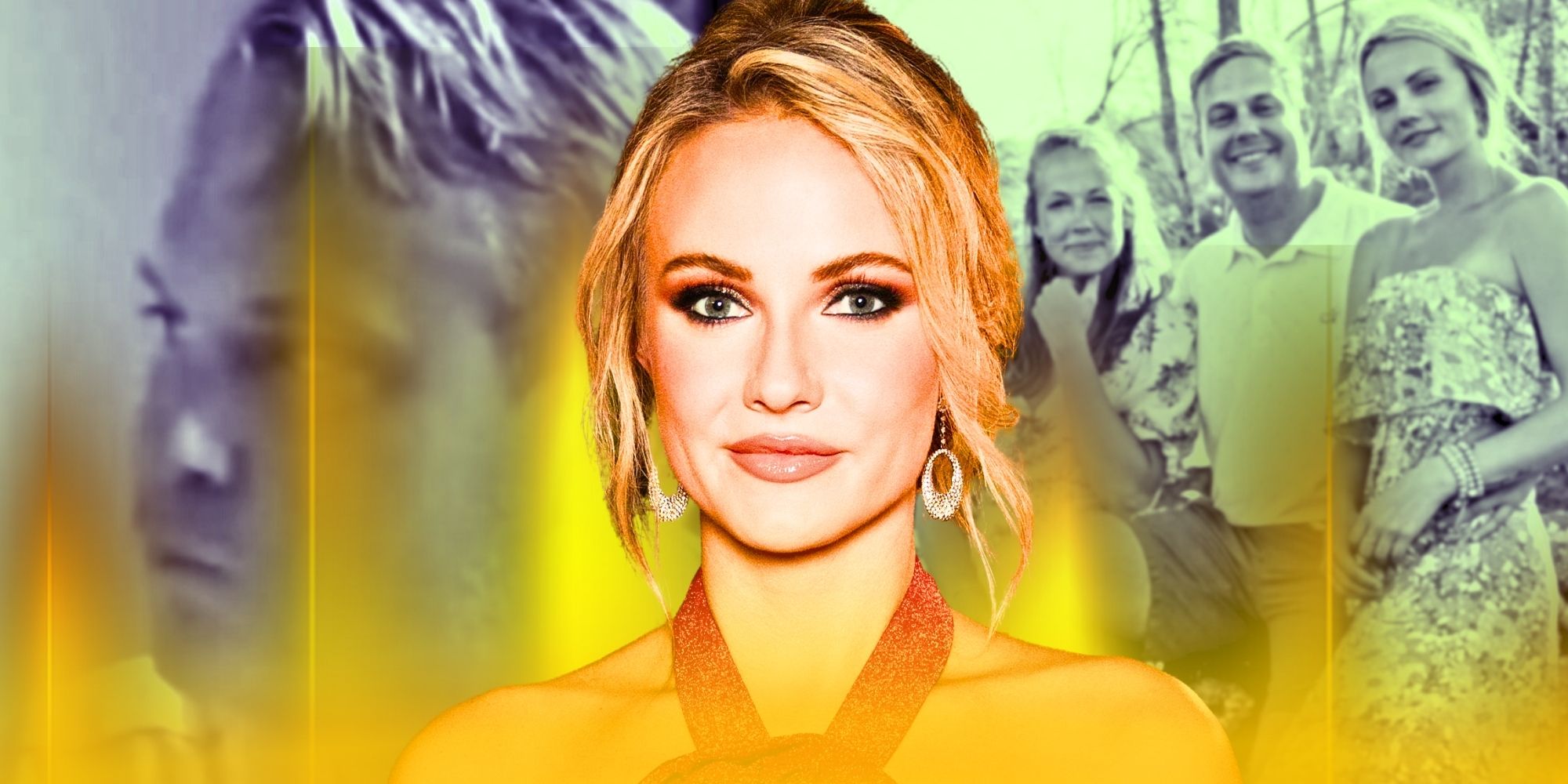
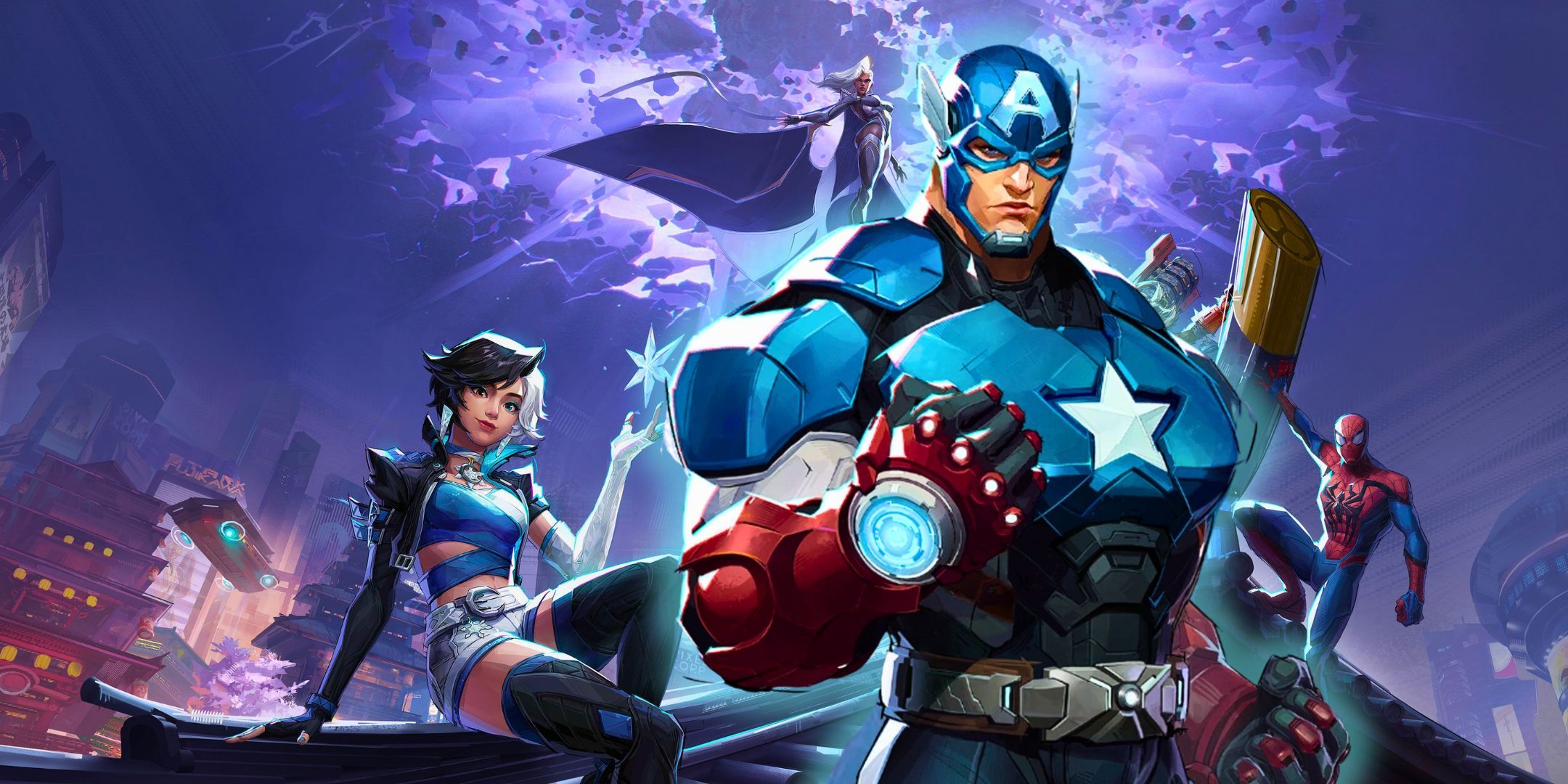
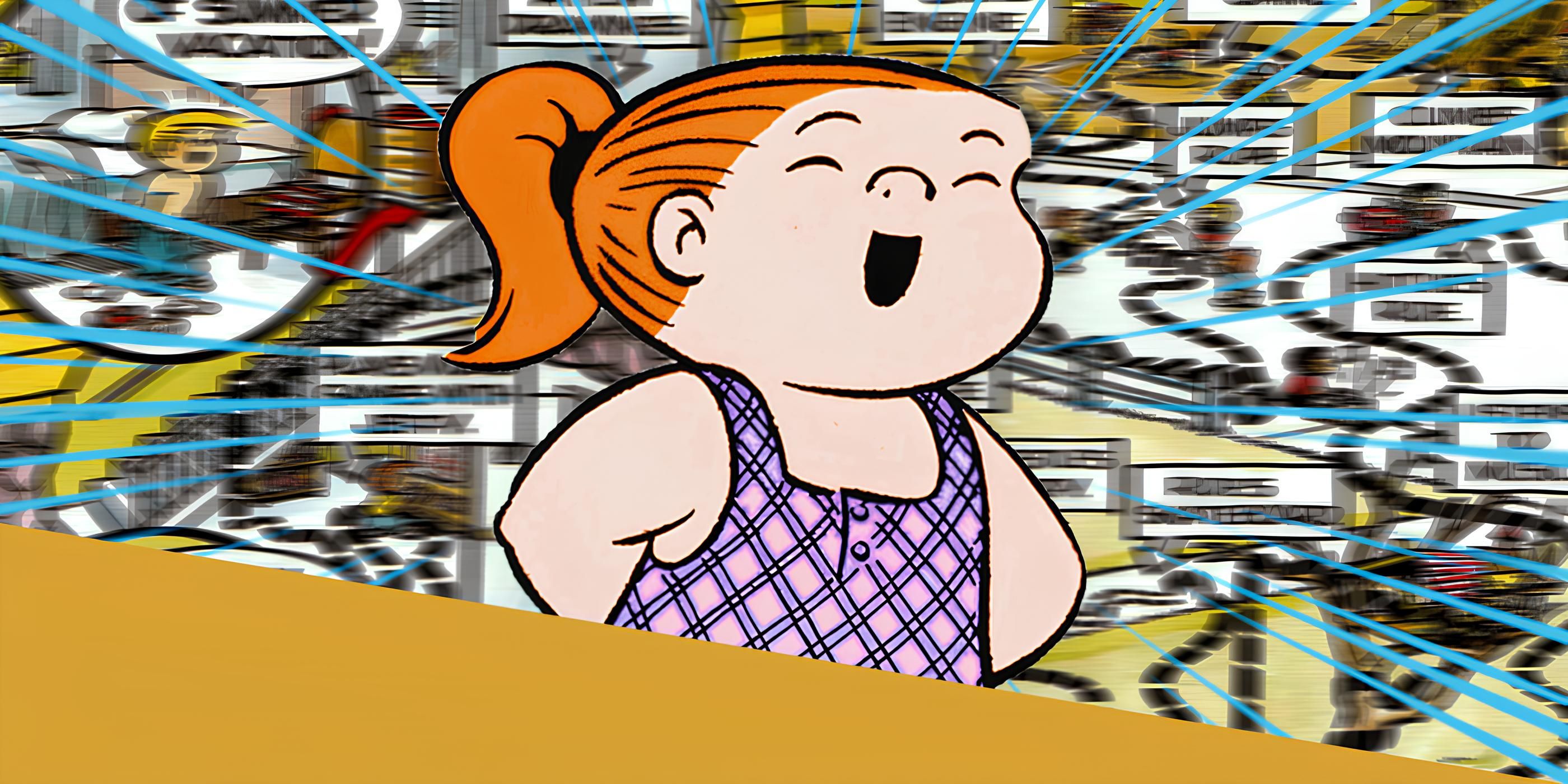

/cdn.vox-cdn.com/uploads/chorus_asset/file/25821777/DSCF4473.jpg)



 English (US) ·
English (US) ·